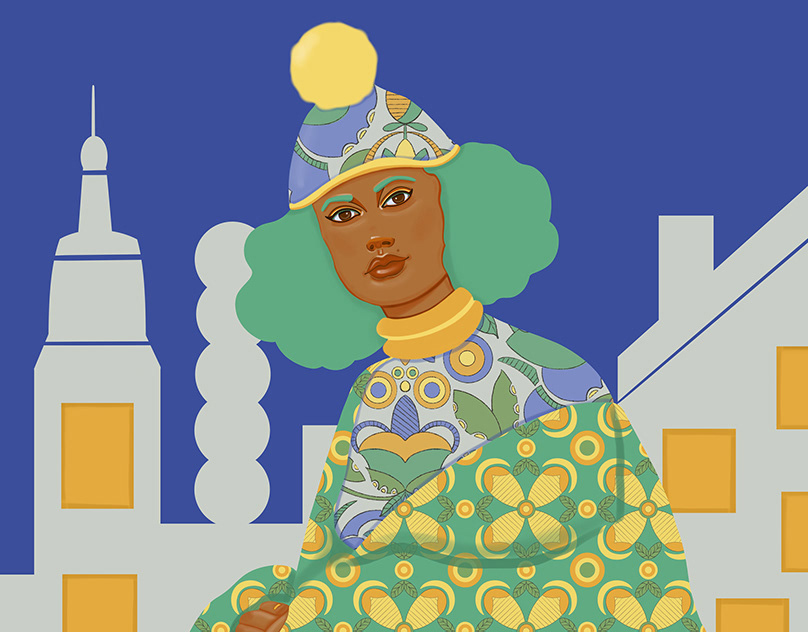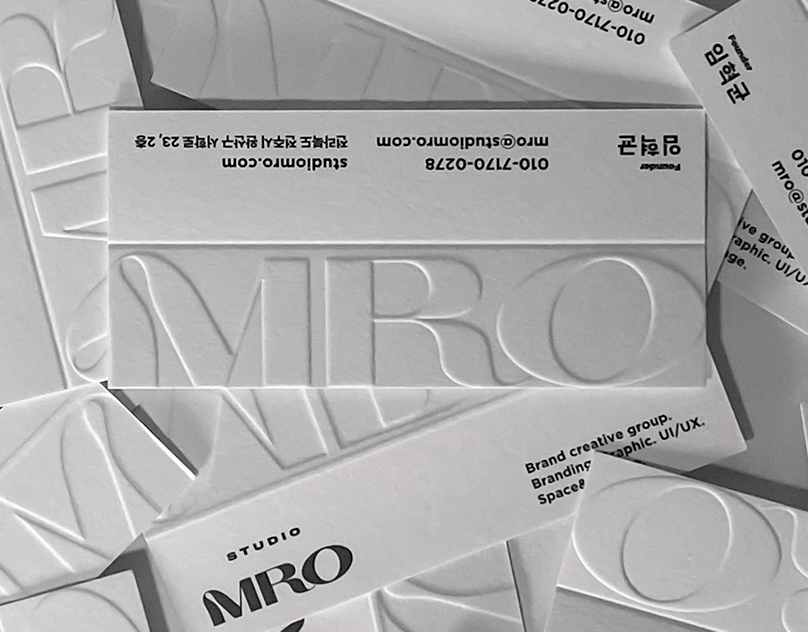SYMBIOSIS.
An experimental school for Prato, a space for the community to educate tomorrow’s citizens through the coexistence of organism of different species.
A Master degree thesis in Architecture-Built Environment-Interior at Politecnico di Milano curated by:
Eleonora Niccoli and Simone Parigi
ENTIRE THESIS RESEARCH AVAILABLE HERE
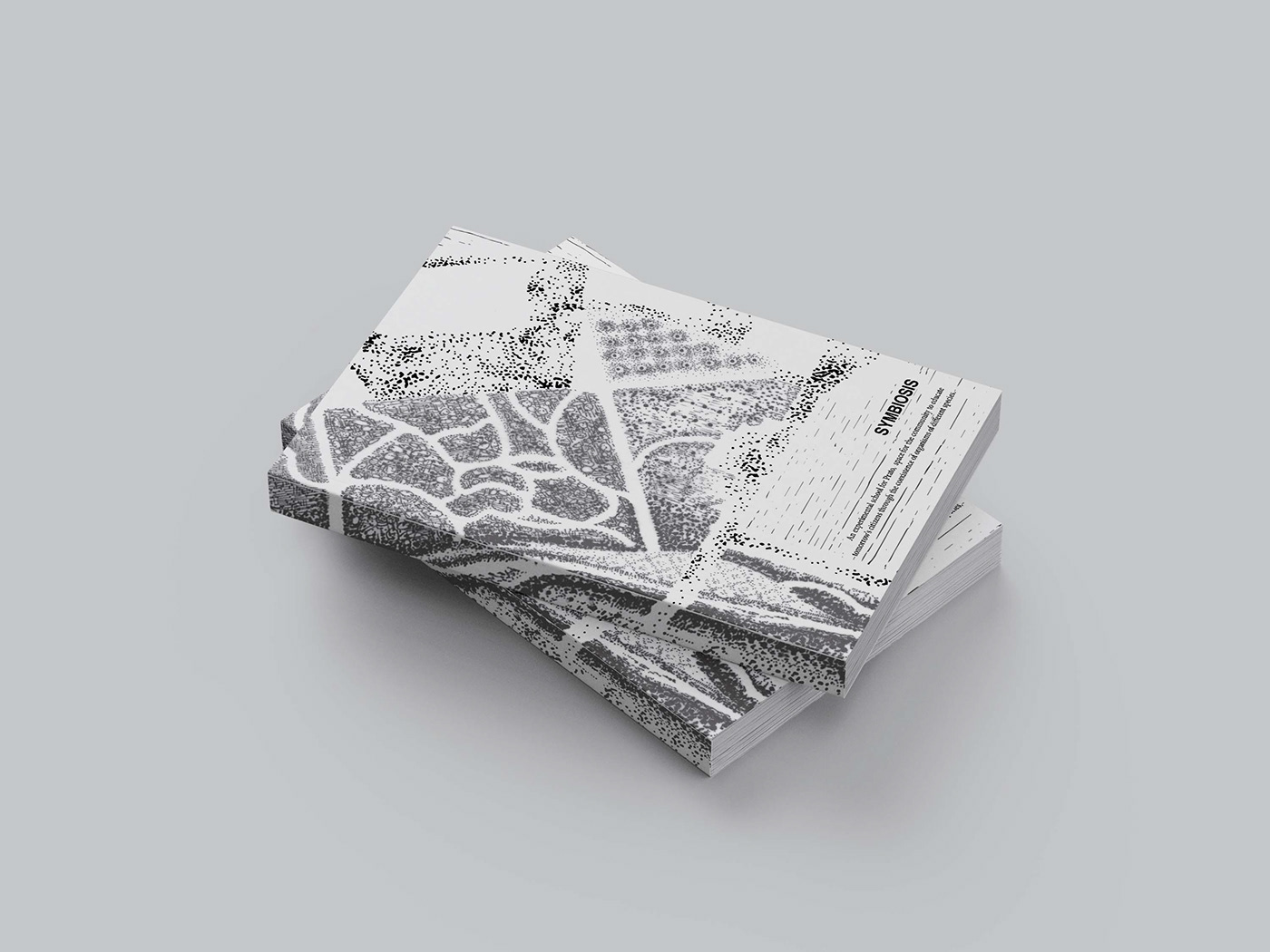
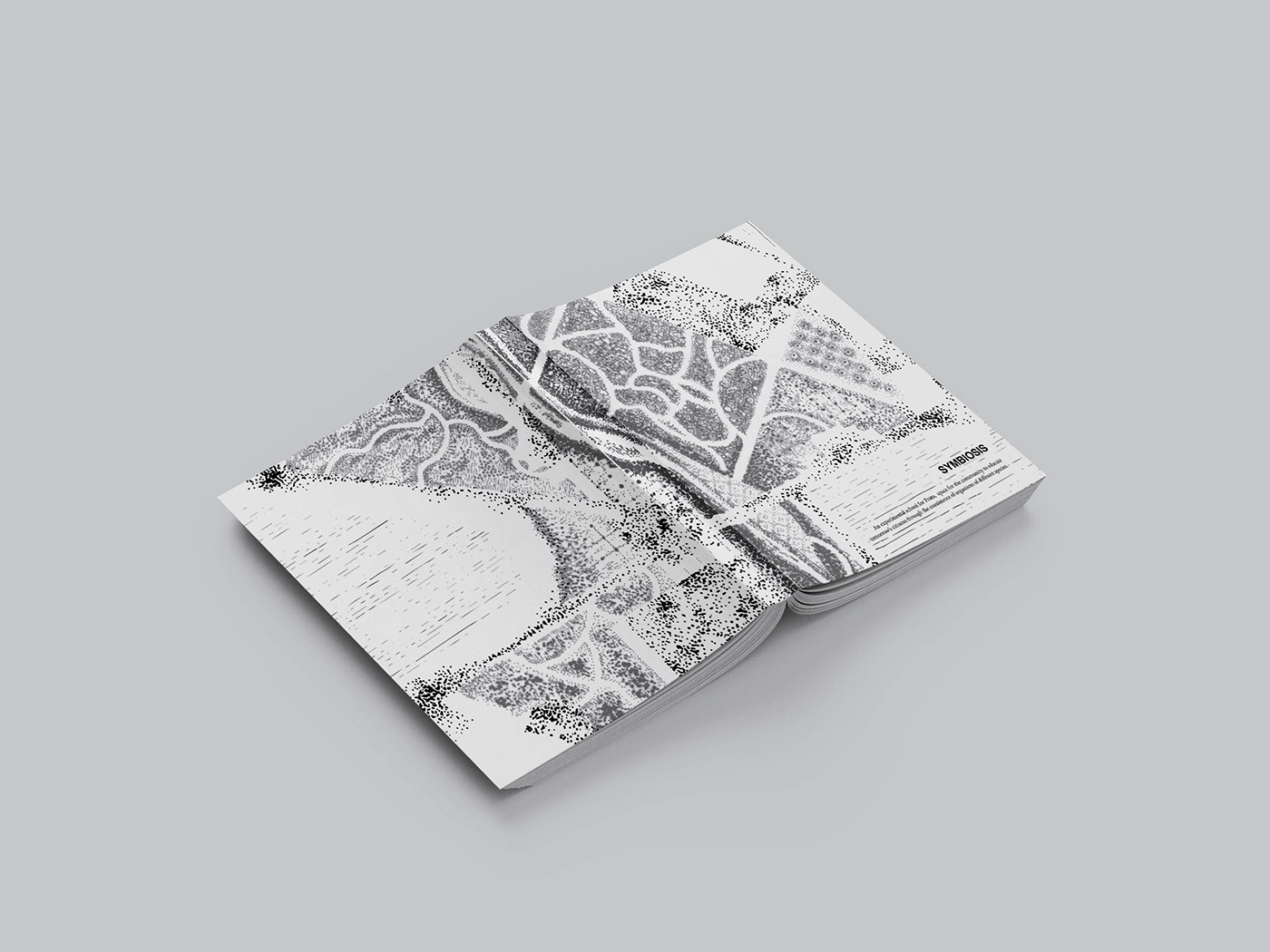
The Anthropocene is characterised by the impact of human activities on the evolution of the planet. The continuous exploitation of its natural resources, aimed exclusively at satisfying our own needs, has led to substantial imbalances that have called into question the centrality of man and his relationship with nature. Thinking about Post-Antropocene scenarios means questioning today’s anthropocentric vision in order to make space for an ecocentric education. Charles Darwin’s tree of life of 1837 fully expresses this view where man is represented as one of several branches all belonging to the same shared trunk.
The thesis proposes the archetype of the school as a fundamental root to graft changes into society so that, through its multiple declinations, it can make the citizens of tomorrow understand the strong value of relationships: social and with the surrounding environment. The new school model gives spaces the energy they need to re-generate the city, becoming the neighbourhood’s meeting point and at the same time an opportunity for exponential biological growth. A place where the sense of individual and collective responsibility can be guarded and recovered. Guided by an evolution of educational spaces focused on the theme of sociability, the research develops from a pedagogical method that puts the shared environment first, transforming the “classroom + corridors” paradigm into a learning landscape.
The multi-scalar search for a new centre of gravity between the animal and natural worlds was applied to the San Giusto district, Prato. A vibrant, contradictory, innovative city that represents a formidable urban, social, cultural and economic laboratory, continuously open to new experiments. Starting from the guidelines
of the Action Plan for urban and peri-urban forestation of the city, the project has tried to adapt as much as possible to the morphological aspect of the territory while respecting the anthropic and natural traces of the area.
A proposal which, through the combination of a kindergarten school, a primary school and a secondary school, accompanies the transition from domestic to public life and helps future generations to understand how important it is to evolve, grow and flourish in symbiosis.
L’Antropocene è caratterizzato dall’impatto delle attività umane sull’evoluzione del pianeta. Il continuo sfruttamento delle sue risorse naturali, finalizzato all’esclusivo soddisfacimento delle proprie necessità, ha portato a sostanziosi squilibri che hanno messo in discussione la centralità dell’uomo e il suo rapporto con la natura. Pensare a degli scenari del post-Antropocene significa mettere in discussione la visione odiernaantropocentrica per dare spazio ad un’educazione ecocentrica. L’albero della vita di Charles Darwin del 1837 esprime a pieno quest’ottica dove l’uomo è rappresentato come uno dei diversi rami tutti appartenenti allo stesso tronco condiviso.
La tesi propone l’archetipo della scuola come radice fondamentale per innestare dei cambiamenti all’interno della società affinché, attraverso lemolteplici sue declinazioni, possa far comprendere ai cittadini di domani il forte valore dei rapporti: sociali e con l’ambiente circostante. Il nuovo modello scolastico attribuisce agli spazi l’energia necessaria per ri-generare la città, diventando il fulcro aggregativo di quartiere e allo stesso tempo occasione per una crescita biologica esponenziale. Un luogo dove poter custodire e recuperare il senso della responsabilità individuale e collettiva. Guidati da un’evoluzione degli spazi educativi concentrati sul tema della socialità, la ricerca si sviluppa a partire da un metodo pedagogico che mette l’ambiente condiviso al primo posto trasformando il paradigma “classe + corridoi” in learning landscape.
La ricerca multi-scalare di un nuovo baricentro tra mondo animale e naturale è stata applicata al quartiere di San Giusto, Prato. Città vibrante, contraddittoria, innovativa, che rappresenta un formidabile laboratorio
urbano, sociale, culturale ed economico, aperta continuamente a nuove sperimentazioni. Partendo dalle linee guida dell’Action Plan per la forestazione urbana e peri-urbana della città, il progetto ha cercato di adattarsi il più possibile all’aspetto morfologico del territorio rispettando le tracce antropiche e naturali dell’area.
Una proposta che, attraverso l’unione di una scuola d’infanzia, di una primaria e di una secondaria di primo grado, accompagna nel passaggio dalla vita domestica a quella pubblica e aiuta le generazioni future a capire quanto sia importante evolversi, crescere e fiorire in simbiosi.
ENTIRE THESIS RESEARCH AVAILABLE HERE


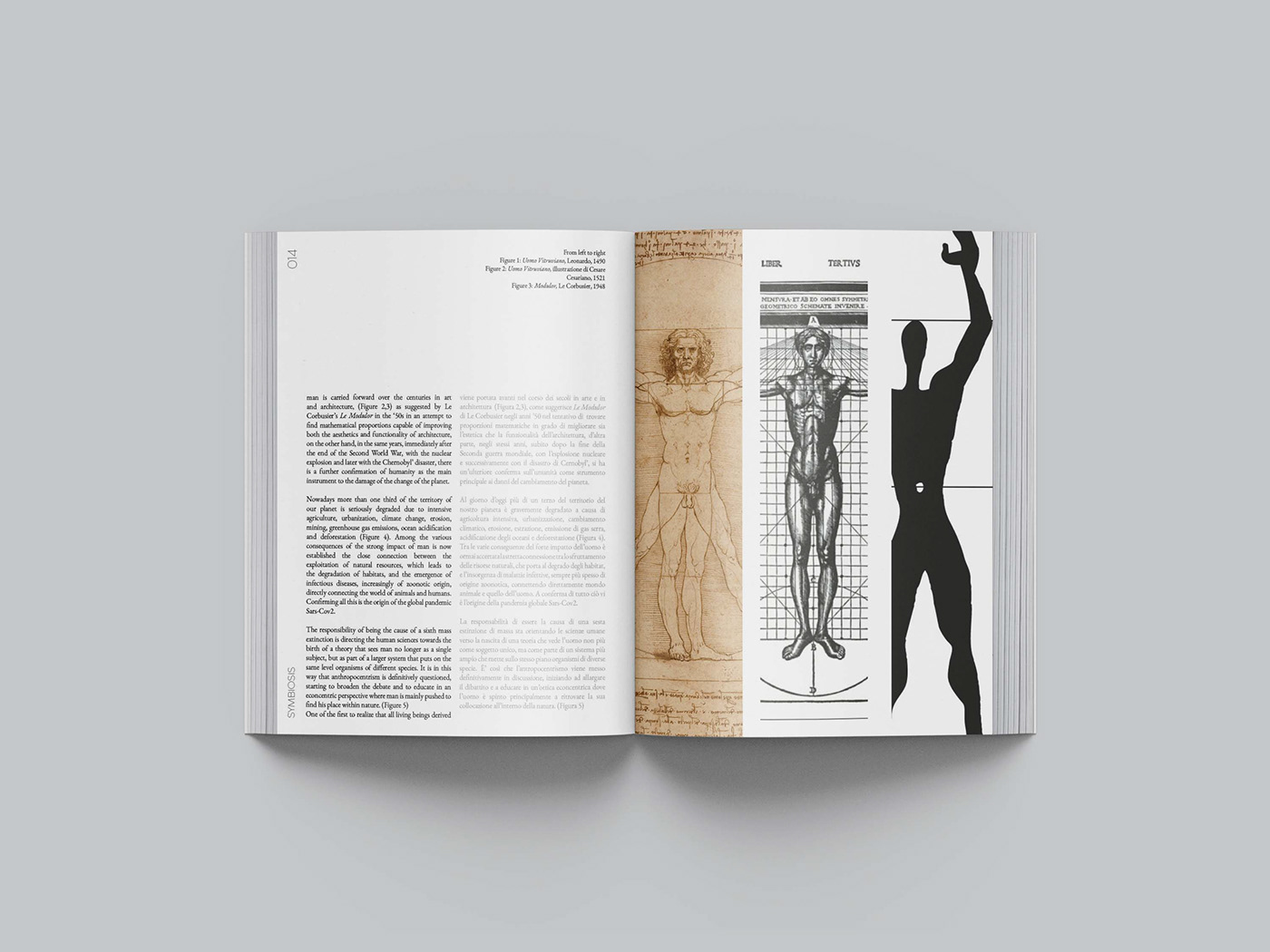
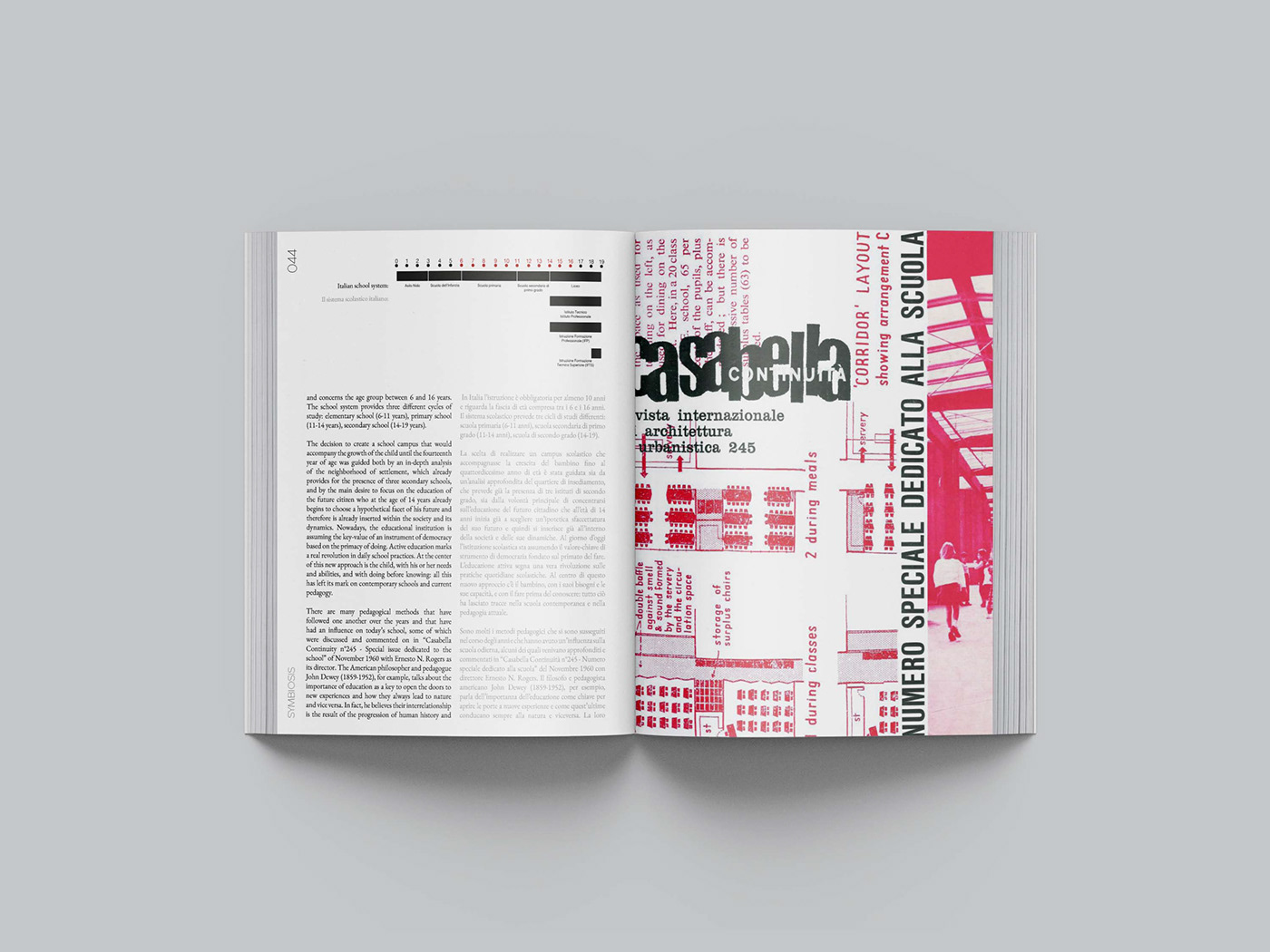
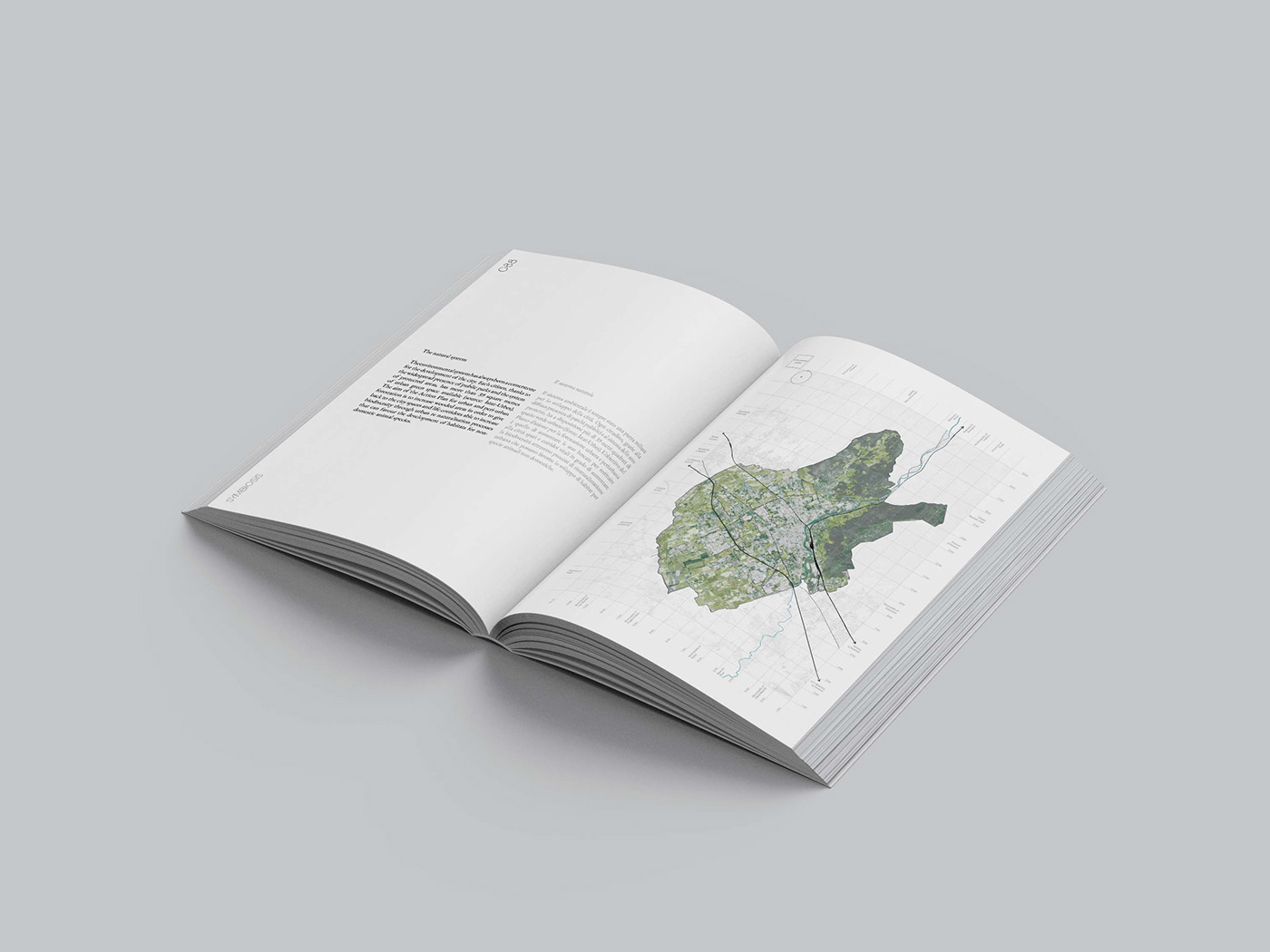




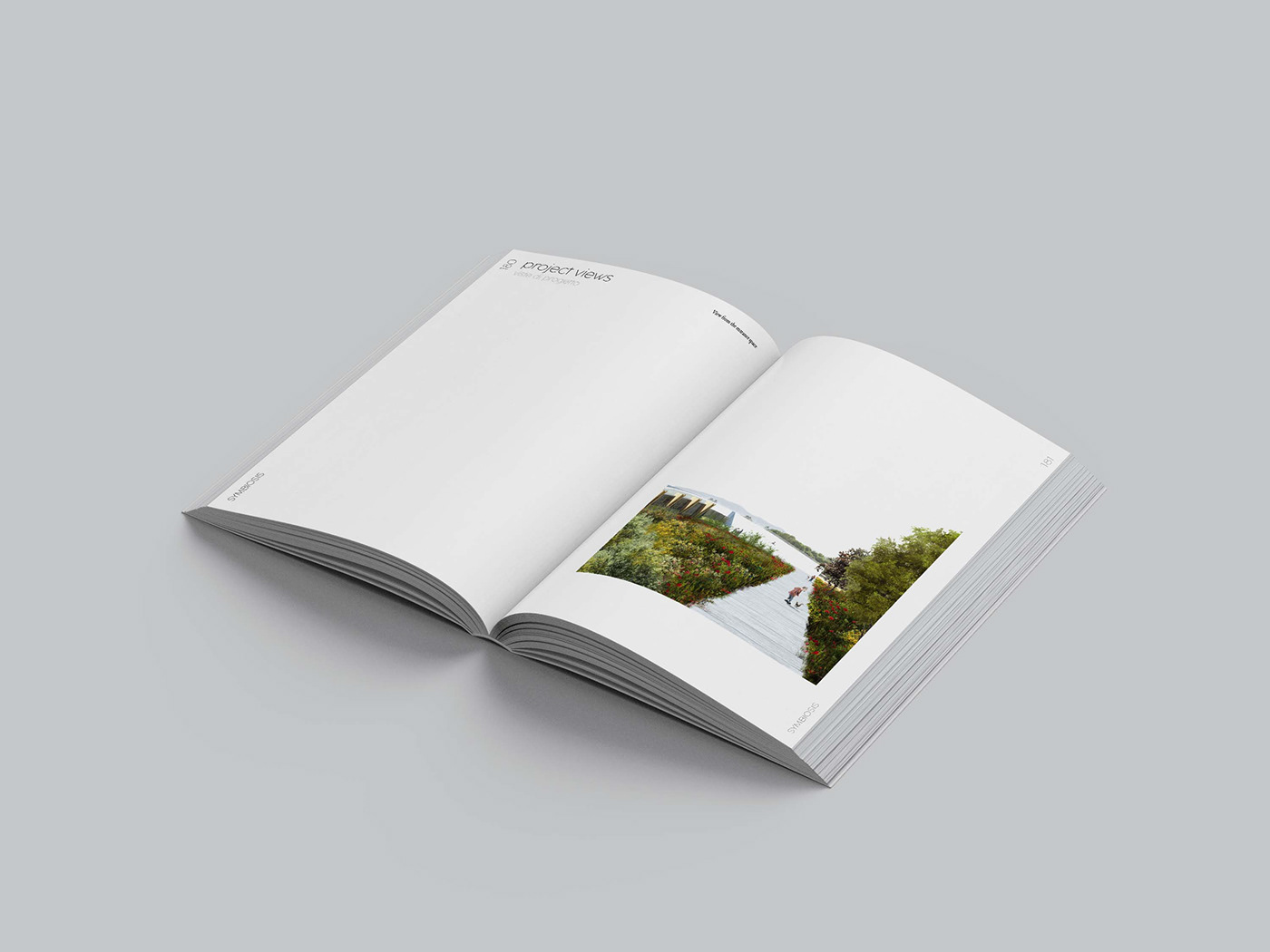
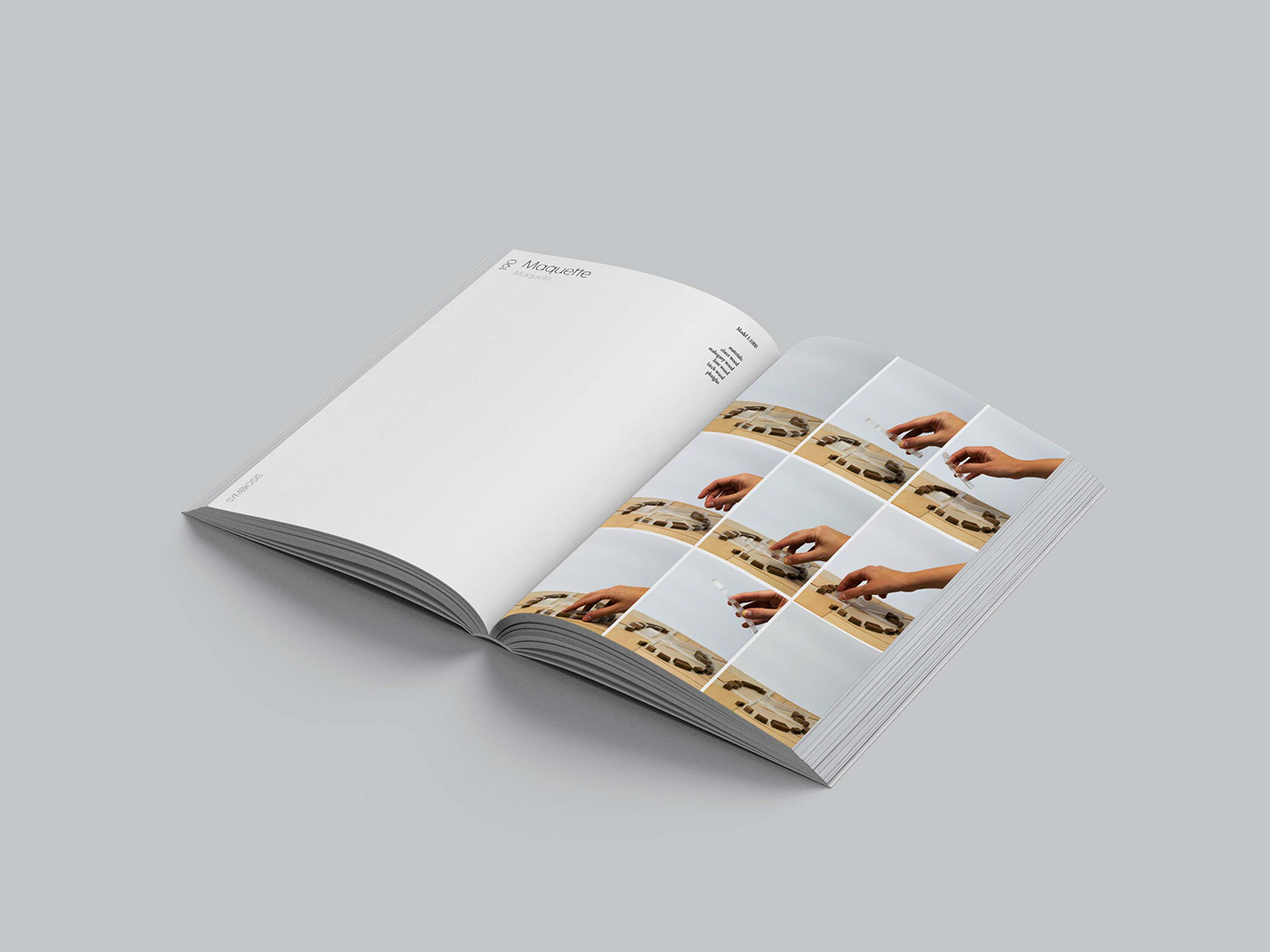
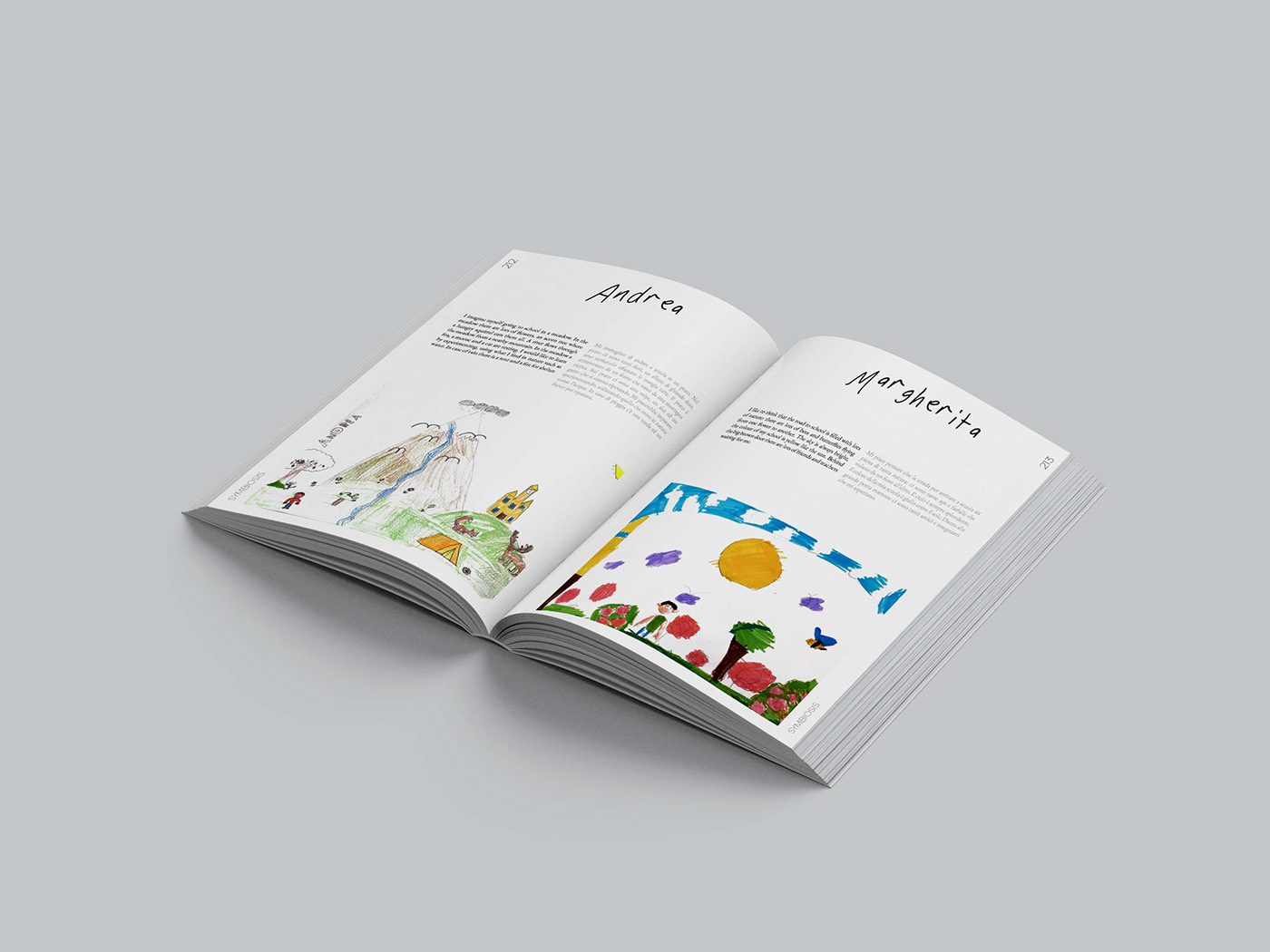
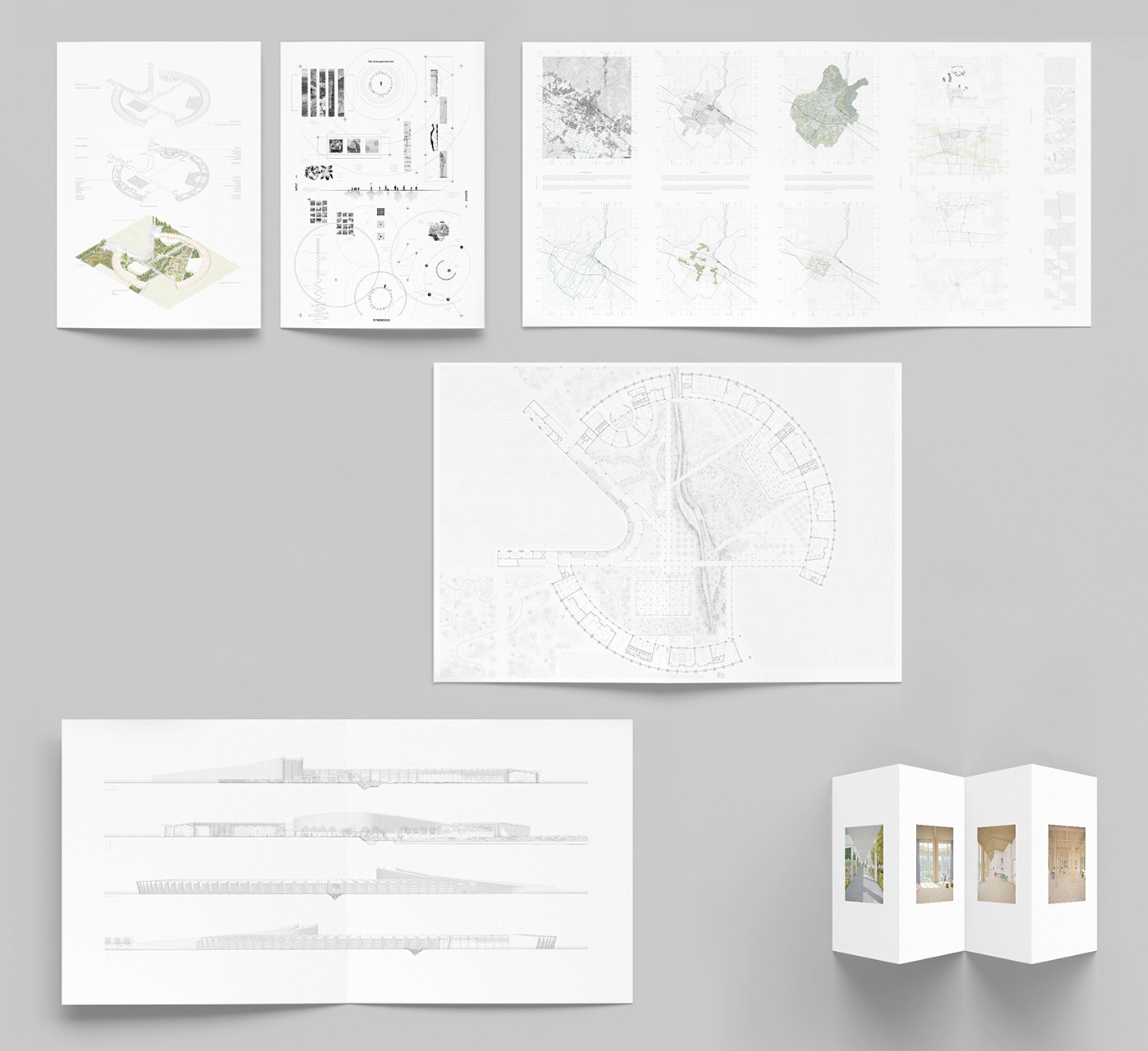
ENTIRE THESIS RESEARCH AVAILABLE HERE



